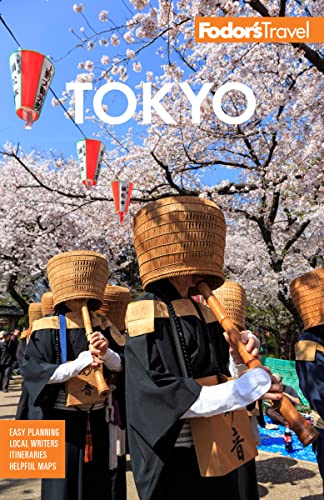The Imperial Palace district is the core of Japan's government. It is primarily comprised of the Nagata-cho (surrounding neighborhood), the Imperial Palace (Kokyo-gaien), the Diet (national parliament building), the prime minister's residence (Kantei), and the Supreme Court. The Imperial Palace and the Diet are both important for visitors to see, but the Supreme Court is rather nondescript. Unfortunately, the prime minister's residence is only viewable from afar, hidden behind fortified walls and trees.
The Imperial Palace was built by the order of Ieyasu Tokugawa, who chose the site for his castle in 1590. The castle had 99 gates (36 in the outer wall), 21 watchtowers (of which 3 are still standing), and 28 armories. The outer defenses stretched from present-day Shimbashi Station to Kanda. Completed in 1640 (and later expanded), it was at the time the largest castle in the world.
The Japanese Imperial Family resides in heavily blockaded sections of the palace grounds. Tours are conducted by reservation only, and restricted to designated outdoor sections, namely, the palace grounds and the East Gardens. While the East Gardens are open to visitors daily, the main grounds are open to the general public only twice a year, on January 2 and December 23 (the Emperor's birthday), when thousands of people assemble under the balcony to offer their good wishes to the Imperial Family.







